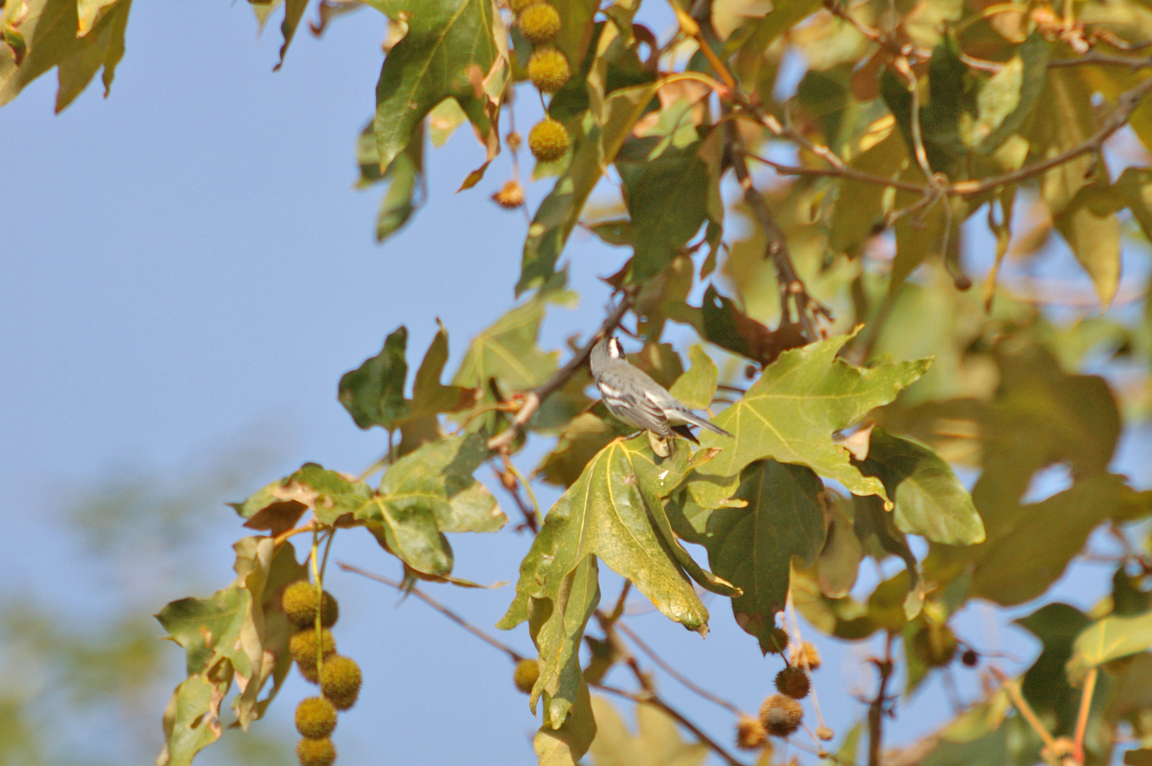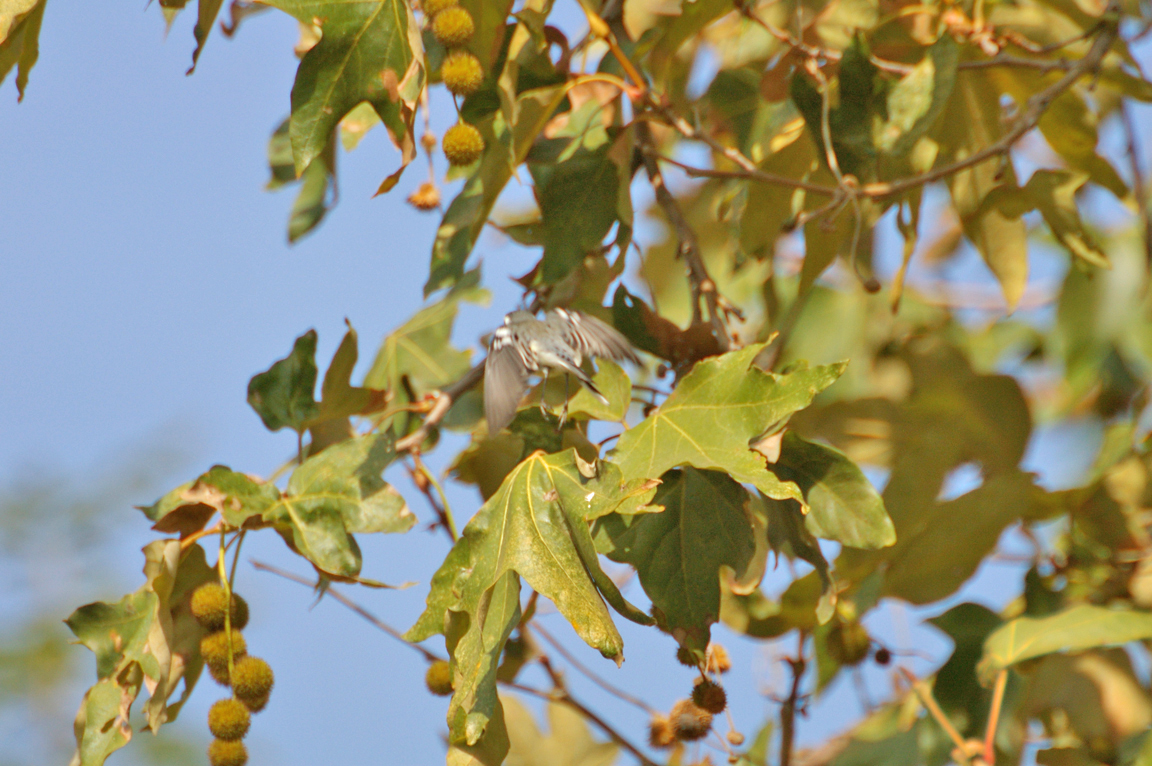|
|
|
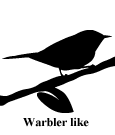 |
Black-throated Gray Warbler
|
| Dendroica nigrescens | |
A small warbler of the American West, the Black-throated Gray Warbler is found in pine and mixed oak-pine forests west of the Rocky Mountains.
Interesting Information
-
The Black-throated Gray Warbler is considered a short-distance migrant, moving from its breeding areas in the western United States only as far south as Mexico.
-
Migrating warblers follow mountain ranges and the Pacific coastline southward. Despite these landmarks, however, some get lost. A few turn up every year in the eastern states as vagrants.
-
They pretend to have a broken wing to distract intruders from finding their nests.
-
A group of warblers has many collective nouns, including a "bouquet", "confusion", "fall", and "wrench" of warblers.
Description
Adult Description
-
Small songbird.
-
Gray back.
-
White face and underparts.
-
Black mask, crown, throat (male), and striping on chest.
-
Two white wingbars.
-
Small yellow square in front of eye.
-
White spots in tail.
-
Length Range: 12-13 cm (4.75-5 in)
-
Weight: 9 g (0.3 oz)
-
Size: Very Small (3 - 5 in)
Sex Differences
Sexes Similar
Immature
Immature male like adult female, but immature female with mostly white throat.
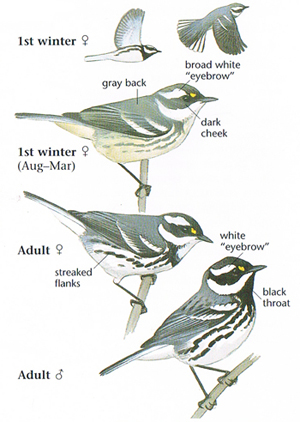
Photo taken from: The Sibley Field Guide by David Allen Sibley
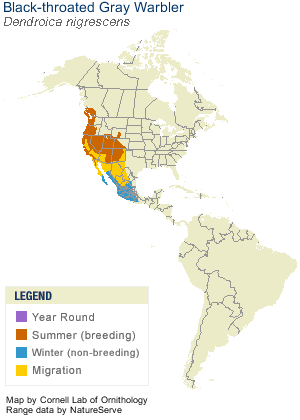
© 2003 Cornell Lab of Ornithology
|
Habitat |
|
Preferred habitats include shrubby openings in coniferous forests or mixed woods, dry scrub oak, pinyon and juniper, chaparral, and other low brushy areas. |
|
Behavior |
|
They are foragers, and frequently search for food among low vegetation such as insects and caterpillars. Sometimes, they are able to hover over or catch insects in-flight. |
|
Food |
|
Insects and caterpillars. Will eat sugar water, fruit, Nut |
Taxonomy
| Kingdom: | Animalia |
| Phylum: | Chordata |
| Subphylum: | Vertebrata |
| Class: | Aves |
| Order: | Passeriformes |
| Family: | Parulidae |
| Genus: | Dendroica |
| Species: | Dendroica nigrescens |
| Subspecies: | Dendroica nigrescens halseii |
| Dendroica nigrescens nigrescens |
Similar Species |
|
Black-and-white Warbler has more heavily streaked breast, striped crown, and prefers to forage on trunks and main branches of trees rather than in leaves and smaller twigs. |
|
Bird Sound |
|
Song a series of buzzy notes, full of z's, "zeedle zeedle zeedle zeet-chee." |
|
Eggs look like this |
|
Photo taken from: ARCTOS Collaborative Collection Management Solution |
